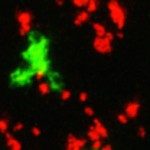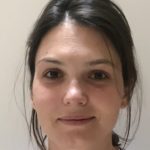Link to Pubmed [PMID] – 34877676
Link to DOI – 10.1111/sji.13126
Scand J Immunol 2021 Dec; (): e13126
IgG4-Related Disease (IgG4-RD) results from tissue infiltration by IgG4-expressing plasma cells and lymphocytes, leading to fibrosis and organomegaly. Clinical presentation is remarkably variable according to organ involvement, and high IgG4 serum concentration, initially considered a diagnostic hallmark of IgG4-RD, tends to be forgone as an indispensable criterion for its diagnosis; it can indeed be absent in some patients, highlighting the diversity of presentation of this dysimmune condition. Nevertheless, elevation of IgG4 serum concentration in suggestive settings remains an argument in favour of IgG4-RD, and while other IgG subclasses can be elevated, this biological feature lacks any diagnostic value. We retrospectively studied 9 patients (5 females, 4 males, 31-81 years old) for whom a diagnosis of IgG4-RD had been considered, based on clinical, imaging or histological criteria, but appeared to display abnormally high serum IgG2 while IgG4 levels were normal. Increased serum IgG1 in one case and increased IgG3 in another one were also noticed. Immunohistochemical analyses of intracellular immunoglobulins could be performed on tissue lymph node biopsies from 2 patients, which demonstrated strong infiltration with IgG2-expressing plasma cells. Thus, overexpression of IgG2 subclass may highlight cases of dysimmune disorders resembling IgG4-RD, although the disease trigger might be different, notably infectious. We suggest measuring all serum IgG subclass levels in patients with features consistent with IgG4-RD.

